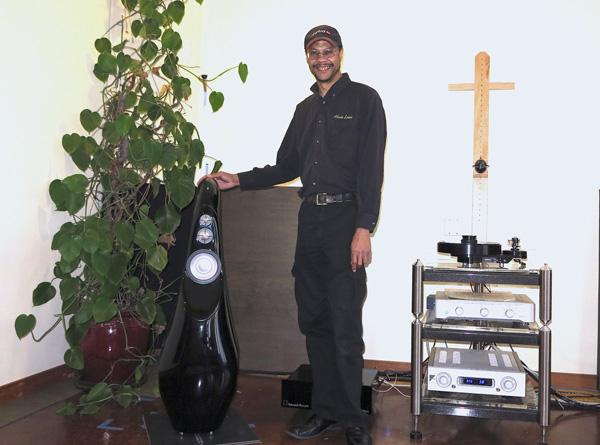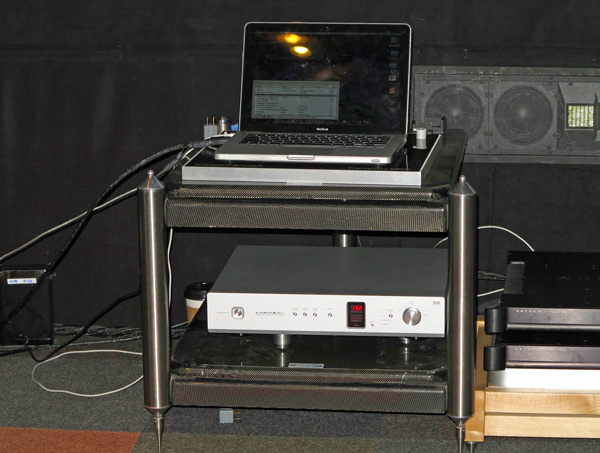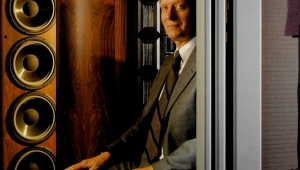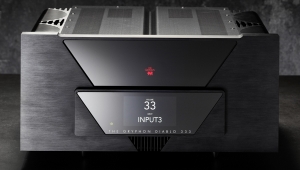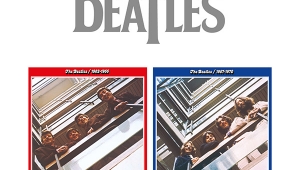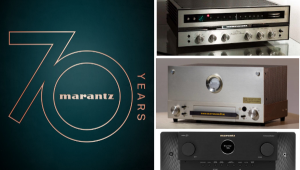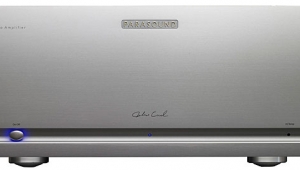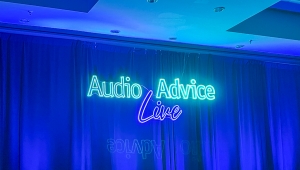| Columns Retired Columns & Blogs |
Sounds like it was a great event, and certainly ably described. The story made me feel sorry that I missed it.
However, two factors got me thinking.
First, the product clearly isn't done. A DSD DAC playing DSD files that have been converted to PCM - even ultra-hires PCM - just doesn't feel right to me.
Second, many (most?) of these tracks were one-offs "from the LP" or "courtesy of the tape project." Even given that the digital portion of the "LP ripping" process was utterly transparent, what does the resulting playback tell us about the DAC? There's just no possible basis for comparison. Maybe there needn't be?
Having said all that, JVS knows good sound and if he says that the Luxman produced great music for an entire evening it must be doing a lot of things extremely well.
And I'm all for great sonics in a product demo. We've all sat through many such events that were anything but fun.
Given my new-found interest in DSD downloads, I look forward to hearing a production copy of this DAC.
Bob
